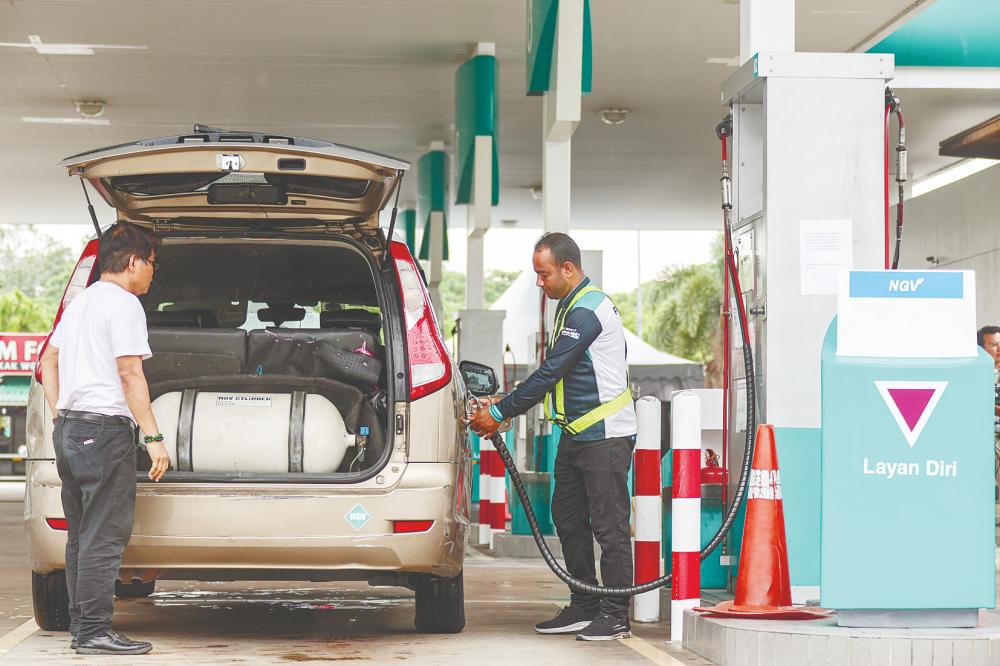TRANSPORT Minister Anthony Loke recently announced that the Cabinet has decided to phase out Petronas’ retail of natural gas for vehicles, with a complete discontinuation set for July 1, 2025.
As a result, motor vehicles powered by natural gas (NGV) will no longer be allowed to be registered or licensed for use on Malaysian roads starting July 1, 2025.
Natural gas is a fossil fuel composed primarily of 95% methane. Under normal conditions, methane is a non-liquefiable gas. As a result, when it is stored in cylinders, the pressure can reach up to 3,000 pounds per square inch (psi) – an extremely high pressure compared to the typical 2,500 psi found in industrial oxygen gas cylinders.
Most cylinders used in natural gas vehicles are fibre-wrapped aluminum cylinders designed specifically for storing natural gas. These cylinders do not have a fixed lifespan.
Industrial gas cylinders undergo hydrostatic testing every five years. During these tests, the cylinders are thoroughly inspected for internal and external damage.
If the cylinder meets the acceptable standards, it is then subjected to a pressure 1.5 times its rated filling pressure.
Once it passes the test, the cylinder is returned to service for another five years. In some gas manufacturing facilities, certain cylinders are decades old.
I do not think many NGV owners realise that they are required to conduct regular hydrostatic tests on their cylinders. Since the natural gas cylinder is constantly on the road and subjected to vibrations and movement, it is essential for owners to regularly check it for potential gas leaks.
The industrial gas industry does not recommend transporting gas cylinders in automobiles, as is the case with NGV. Gas cylinders are typically transported in open vehicles like trucks, where any potential gas leaks can be safely dispersed into the open air.
In an automobile, leaked gas becomes trapped inside the vehicle. Since methane is odourless, a gas leak can go unnoticed, potentially leading to the accumulation of an explosive atmosphere.
Additionally, natural gas cylinders in NGV are often secured in the trunk or behind the back seat. In the event of a rear-end collision, the gas cylinder may absorb much of the impact. If
the cylinder’s integrity is compromised, it could rupture, leading to a potentially catastrophic explosion.
The hazards associated with NGV are real, and halting their use is a wise decision. Kudos to Petronas for phasing out their natural gas refuelling stations, effective July 1, 2025, to discontinue the use of natural gas in NGV.
Wong Soo Kan
Petaling Jaya









